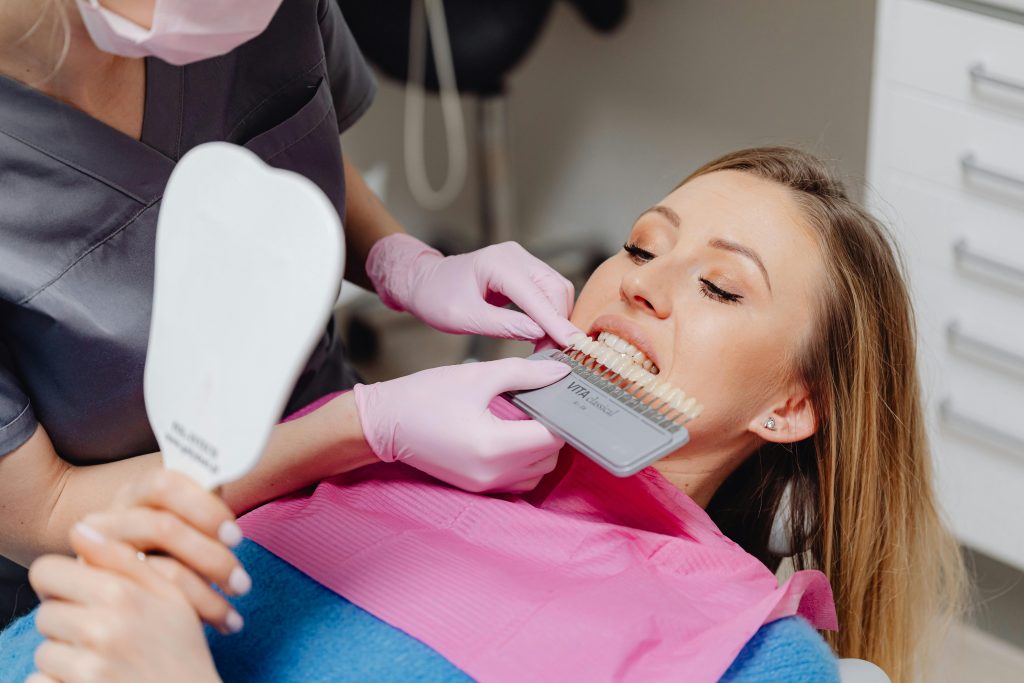Each year, nearly 60,000 cases of oral cancer are diagnosed in the U.S., and sadly, too many patients may not survive past five years due to delays in diagnosis. As dental professionals, we are on the front lines of prevention and early detection, and consistent, thorough oral cancer screenings can make all the difference.
Why Oral Cancer Screening is Missed
Several barriers contribute to missed or delayed screening:
- Hurried dental exams that prioritize restorative needs.
- Lack of training or confidence in performing full screenings.
- Perceived lack of risk if a patient doesn’t fit traditional risk profiles.
Historically, risk was closely tied to tobacco and alcohol use, but our understanding has expanded to include multiple other factors.
Etiology and Risk Factors
Classic risk factors remain:
- Tobacco (smoking and smokeless)
- Alcohol (especially in combination with tobacco – a 15–30× increased risk)
Emerging and additional risk factors include:
- HPV (Human Papillomavirus) — now a leading cause of oropharyngeal cancers, especially strains 16 and 18
- E-cigarette (electronic nicotine delivery) use
- Prior head and neck cancer
- Ill-fitting dentures or chronic irritation
- Weak immune system, obesity, chronic inflammation
- Genetic conditions (e.g. Fanconi anemia, dyskeratosis congenita)
- Poor oral health and periodontitis
HPV in particular deserves focus: it is now the most common STI in the U.S., and may remain dormant for years before expressing as cancer. Both men and women can be affected by HPV-related oropharyngeal cancer. Vaccines are available for prevention and should be discussed with patients and parents of adolescents.
Signs and Symptoms Not to Miss
Patients may present with subtle but critical warning signs:
- Sores that don’t heal (persisting longer than two weeks)
- Red or white patches in the mouth
- Lumps, masses, or swelling in oral or neck tissues
- Persistent sore throat, or sensation of something caught in the throat
- Difficulty swallowing, speaking, or jaw/ear pain
- Numbness, voice changes, unexplained bleeding
- Unexplained weight loss or fatigue
Key takeaway: any suspicious findings lasting more than two weeks should be referred for further evaluation.
The Screening Process: Visual and Tactile
Both the ADHA and ADA emphasize that oral cancer screening is a required component of the exam — it’s not optional. This is now embedded in evaluation codes (D0150, D0120, D0180).
A complete screening should include:
- Extraoral exam: palpate lymph nodes, thyroid, salivary glands; assess skin, TMJ, SCM muscles.
- Intraoral exam: inspect and palpate lips, buccal mucosa, vestibules, tongue (especially lateral and ventral surfaces), floor of mouth, hard and soft palate, and oropharynx.
- Use adjunctive tools (e.g. VELscope, OralID, BioScreen) when appropriate.
- Document thoroughly any noteworthy observations that describe the location, size, color, texture of a lesion, and be sure to take photos and make follow-up notes.
- If a lesion persists longer than two weeks, always refer to the appropriate specialist (oral surgeon for anterior lesions, ENT for oropharyngeal). Follow up with the patient to confirm the referral was scheduled, and document those communications.
Encourage patient self-exams between visits to improve early detection.
Professional and Legal Considerations
Failing to screen, detect, or appropriately refer suspicious findings can expose a provider to liability. Some of the risks include:
- Failure to detect or refer a lesion for biopsy in a timely fashion
- Delaying referral too long, by “watching” a suspicious lesion even after two weeks without improvement
- Relying on a past diagnosis without reassessment, even though the lesion may have grown or changed and now warrants a repeat biopsy or evaluation
In practice, when a suspicious lesion is observed and does not improve or resolve within two weeks, prompt referral is the safest course of action.
Supporting Patient Care and Prevention
- Educate patients about HPV vaccination and the role of oral health in overall wellness
- Discuss lifestyle risks (tobacco, alcohol, e-cigarettes)
- Promote oral probiotics (for example, L. reuteri) to support microbiome health
- For patients with a history of oral cancer, recommend saliva substitutes, moisturizing sprays, and supportive oral health products (e.g. xylitol sprays, remineralization gels)
Conclusion
Oral cancer screening isn’t a mere formality — it’s a lifesaving responsibility. As hygienists and dentists, we are uniquely positioned to detect early changes others may miss. By making comprehensive screenings routine, documenting thoroughly, insisting on referrals when warranted, and educating your patients, you can directly improve survival outcomes and elevate patient care.

